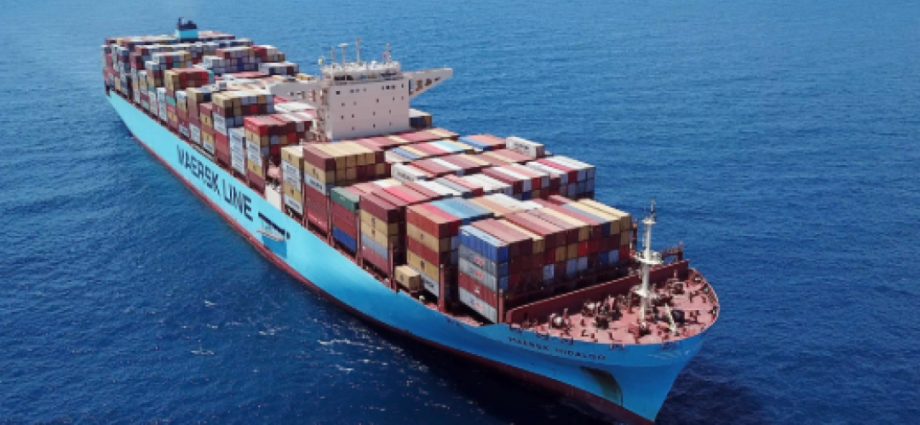Danish shipping giant Maersk has reported a remarkable $6.09 billion net profit for 2024, marking a 56% surge from the previous year’s $3.9 billion. This milestone reflects strong growth across its ocean, logistics, and terminal divisions, setting the tone for global shipping dynamics in 2025—an outlook African cargo handlers and bulk transport operators must closely monitor.
What’s Driving Maersk’s Success?
Maersk’s revenue soared 9% to $55.5 billion, with growth fueled by:
- Higher container demand worldwide.
- Rising freight rates in the ocean segment.
- Strong performance in logistics and terminal operations.
According to CEO Vincent Clerc, the company’s ability to adapt to disruptions and maintain stable supply chains played a crucial role in securing this growth. He emphasized that resilient supply chains are more important than ever, a statement particularly relevant to African ports, logistics hubs, and shipping firms facing geopolitical uncertainties.
Red Sea Crisis: A Boon or Challenge for Africa?
One of the biggest game-changers in 2024 was the impact of the Red Sea disruptions. With shipping routes rerouted south of the Cape of Good Hope, Maersk incurred higher bunker fuel costs but maintained strong volume demand. This detour increased traffic to African ports, potentially benefiting ports in South Africa, Namibia, and Mozambique, which saw a rise in vessel calls and transshipment activity.
Boom in Logistics & Terminal Operations
Maersk’s logistics & services revenue rose to $14.9 billion (up 7%), driven by warehousing, air freight, and first-mile logistics. This is good news for African freight forwarders, warehousing firms, and bulk cargo handlers, as it signals a sustained need for strong logistics infrastructure on the continent.
Meanwhile, Maersk’s terminals division earned $4.5 billion, with growth stemming from higher volumes, tariff increases, and optimized storage revenue. African port operators must take note—efficiency, tariff management, and storage capacity will be key competitive factors moving forward.
What Lies Ahead for 2025?
Looking forward, Maersk anticipates global container volume growth of 4%, though challenges remain:
- Supply-demand imbalances due to new vessel deliveries.
- Uncertainty around the reopening of the Red Sea route.
- Potential shifts in trade routes impacting African ports.
For Africa, this means a continued focus on resilience, cost-effective operations, and investment in port infrastructure. Freight forwarders and bulk handling companies must prepare for potential fluctuations in shipping costs and supply chain routes.
Key Takeaways for Africa’s Cargo Industry
✅ Higher freight rates and demand could increase transport costs but also drive new opportunities. ✅ Red Sea rerouting benefits African ports, offering increased traffic potential. ✅ Growing logistics & terminal revenues highlight the need for investment in warehousing and cargo handling. ✅ 2025 will bring trade shifts, requiring agility and efficiency in African shipping operations.
With a diversified business model and strategic resilience, Maersk remains a major player in shaping global trade—and African logistics firms, port operators, and cargo handlers must stay ahead of these trends to thrive in the evolving shipping landscape.




